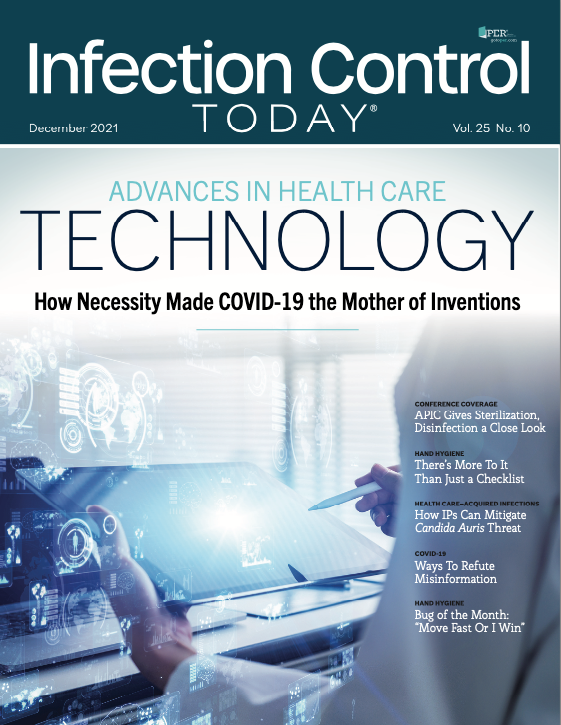Children Could Incubate the Next COVID-19 Variant
Not only can pediatric patients of all ages carry high viral loads of SARS-CoV-2, but they can also serve as a means for the virus to mutate, according to a new study.
The COVID-19 vaccine rollouts for children aged 5 to 11 years that began last month were just what the doctors ordered. That is, the doctors who wrote a study published in the Journal of Infectious Diseases. They warned that children have the potential to be major spreaders of COVID-19 and incubators for new variants, including one that might be able to rebuff antibodies from prior infection or vaccines.1 In addition, investigators with Massachusetts General Hospital said that children may be more infectious than adults who display similar symptoms of the disease.
Investigators argued that their data add to the argument that a vaccine needs to be created for children and that children should get it. “Our results suggest that the low rates of transmission in settings such as schools and daycares cannot be attributed to low viral loads, low rates of viral shedding, or rapid clearance of virus in younger patient populations,” the investigators said.
Data were collected from a prospective cohort of 110 patients 21 or younger (median age of 10) who sought care at the hospital or its satellite urgent care centers between April 20, 2020, and April 20, 2021. Investigators relied on respiratory swabs that had been collected from the children, and the SARS-CoV-2 viral loads were measured by reverse transcription polymerase chain reaction tests.
The 36 (33%) children who had to be hospitalized were mostly older (ages 15 to 21, for the most part), and 18 of those children required supplemental oxygen or respiratory help. Thirty (27.3%) of the cohort were asymptomatic. Data collected from the pediatric population were compared with data from adult patients collected from April to August 2020.
“Symptomatic and asymptomatic children can carry high quantities of live, replicating SARS-CoV-2, creating a potential reservoir for transmission and evolution of genetic variants,” the study concludes. “As guidance around social distancing and masking evolves following vaccine uptake in older populations, a clear understanding of SARS-CoV-2 infection dynamics in children is critical for rational development of public health policies and vaccination strategies to mitigate the impact of COVID-19.”
The study’s authors state that there’s not yet enough data to determine just how infectious children can be, and that “the role children play in viral transmission remains poorly understood. Epidemiologic studies suggest children exhibit lower transmission rates than adults…however, these findings are potentially confounded by higher rates of asymptomatic or paucisymptomatic [those with few symptoms] infection in children, increased social isolation by children early in the pandemic, and reduced COVID-19 testing in children. To date, 1 small study demonstrated that live virus can be cultured from children.”
Reference:
- Yonker LM, Boucau J, Regan J, et al. Virologic features of SARS-CoV-2 infection in children. J Infect Dis. 2021;jiab509. doi:10.1093/infdis/jiab509

Bridging the Gap: Operating Room and Central Processing Unite to Improve Surgical Efficiency
April 8th 2025Communication breakdowns between the operating room and central processing led to delays and frustration—until collaboration, cross-training, and shared goals turned metrics around and strengthened teamwork.